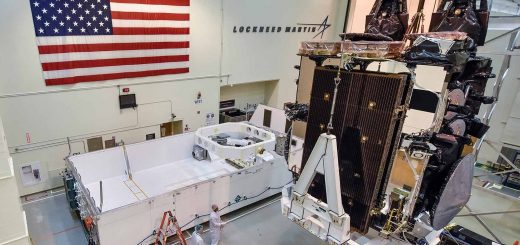USAF A-29 Super Tucano Light Attack Aircraft Crash Kills One Pilot, Injures Another
The A-29 Super Tucano attack Aircraft designed to provide support to troops on the ground has crashed, killing one pilot and injuring the other.
The A-29 Super Tucano was participating in the Air Force’s Light Attack Experiment when it went down at White Sands Missile Range, New Mexico. The pilot killed in the crash was identified as U.S. Navy Lieutenant Christopher Carey Short. A second pilot aboard the aircraft was airlifted to a local hospital with minor injuries.
The small, prop-driven A-29 went down on June 22. The aircraft was based at nearby Holloman Air Force Base, where the second phase of the Light Attack Experiment has been underway since May 7. The Air Force describes this phase of the experiment as a “three-month, live-fly experiment to gather additional information about aircraft capabilities, as well as partner nation interoperability, prior to a potential light attack purchase.”
The Air Force is considering a purchase of up to 300 light attack aircraft to fight in conflicts where the enemy is equipped with minimal enemy air defenses—think the battles against ISIS, the war in Yemen, or Afghanistan. The light attack experiment aircraft is meant to be affordable, capable of both attack and reconnaissance missions, and able to operate from short, dusty airstrips in the middle of nowhere.
The aircraft is also to be affordable, costing only a few thousand dollars per flight hour compared to the $8,200 per hour for the Air Force’s F-16 and $10,000 per hour for the Navy’s F-18F Super Hornet. A fleet of light attack planes would also free up faster, more advanced aircraft for training to fight more advanced adversaries such as Russia or China.
The Sierra Nevada/Embraer A-29 Super Tucano and the Textron Aviation AT-6B Wolverine are both participating in the trials, and if the program goes forward the service will almost certainly purchase one of the planes. According to the Air Force, the two aircraft will participate in exercises consisting of, “both day and night missions in air interdiction, close air support, armed overwatch, and combat search and rescue.”
Source: popularmechanics.com
(Adams Barret)



















